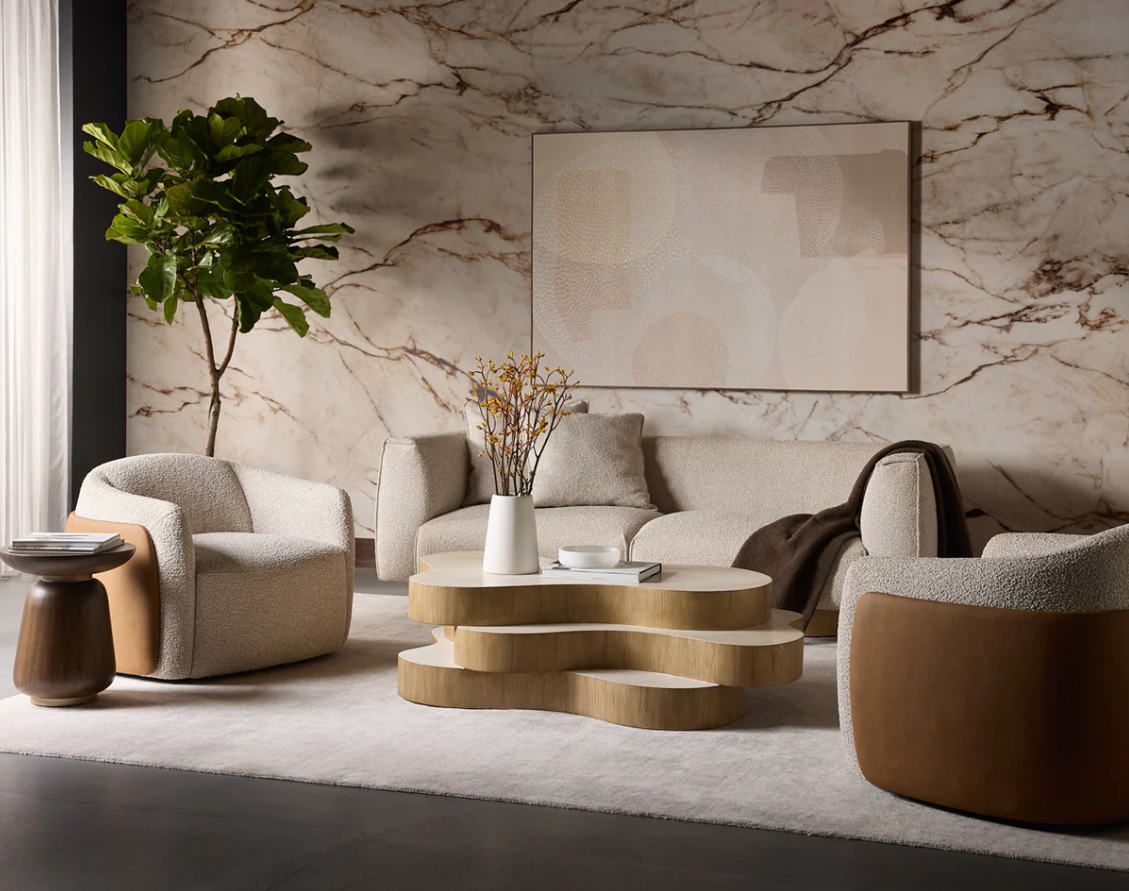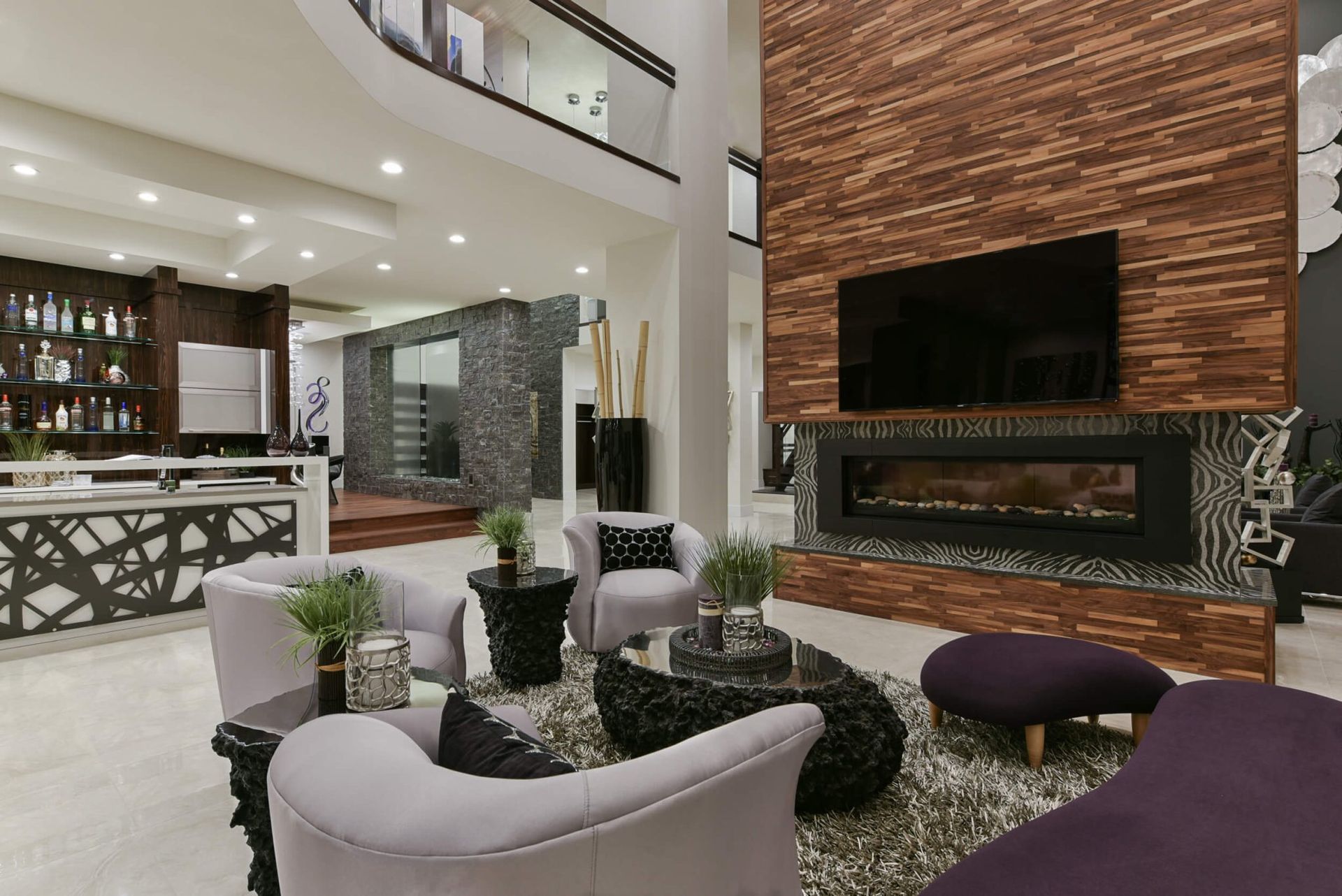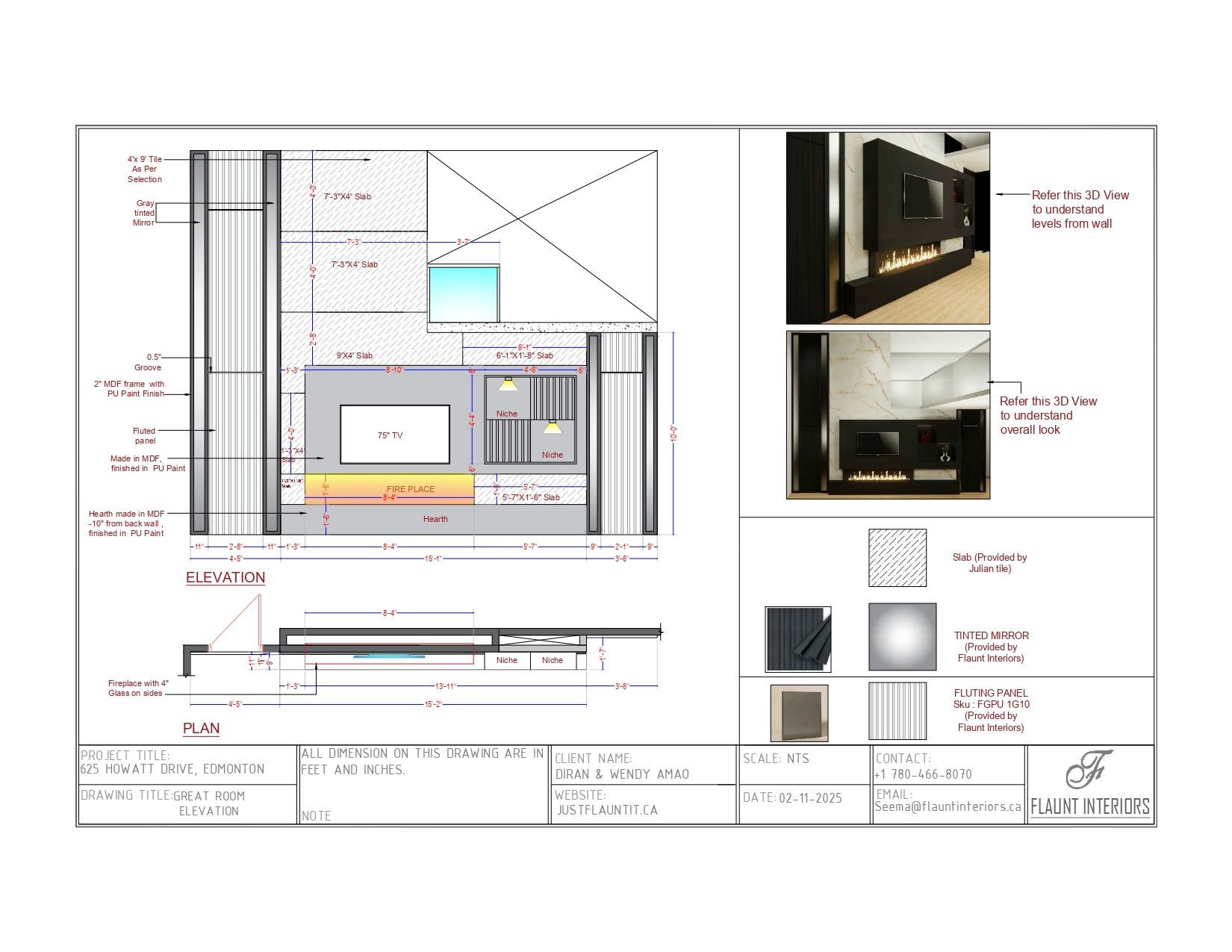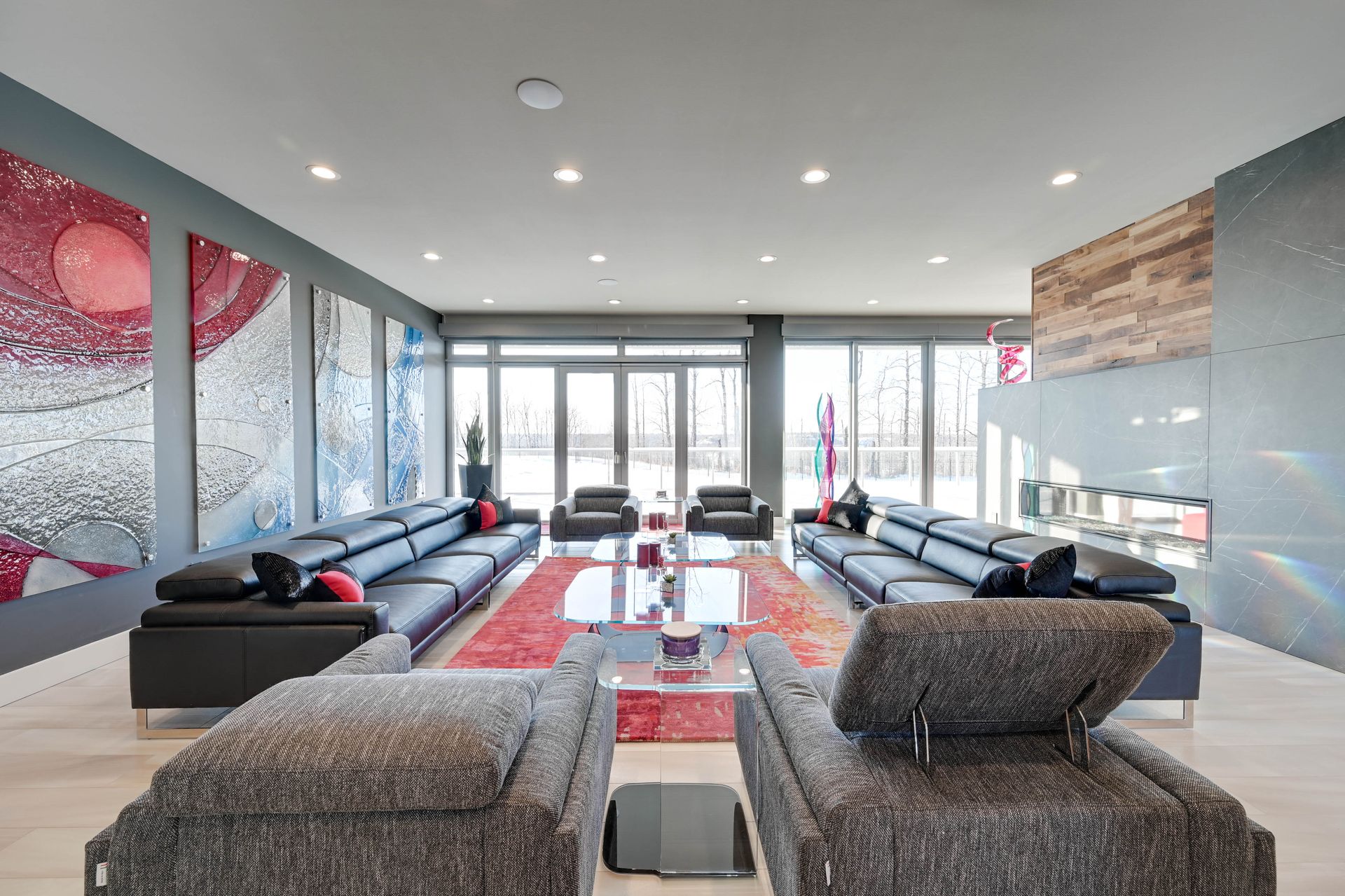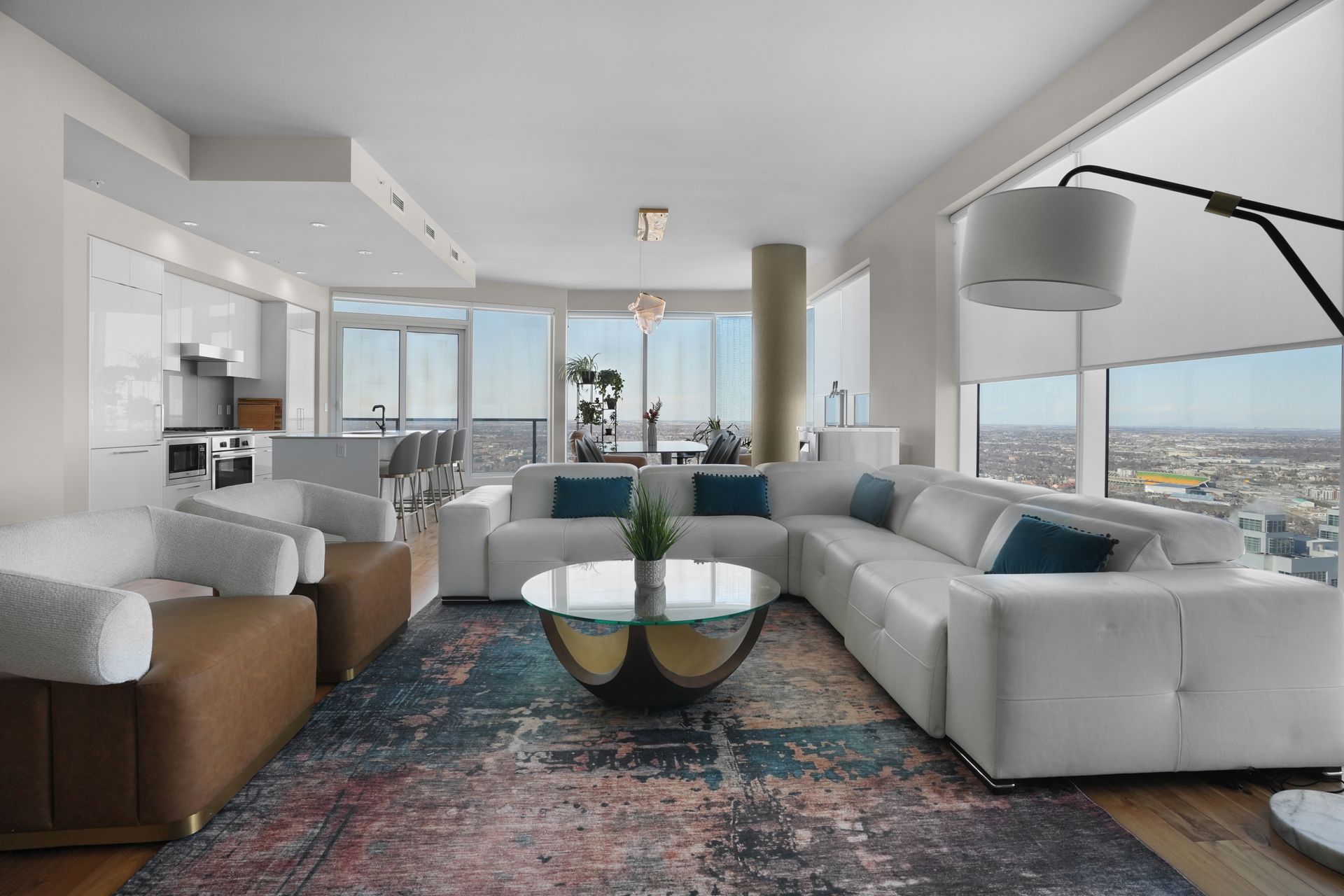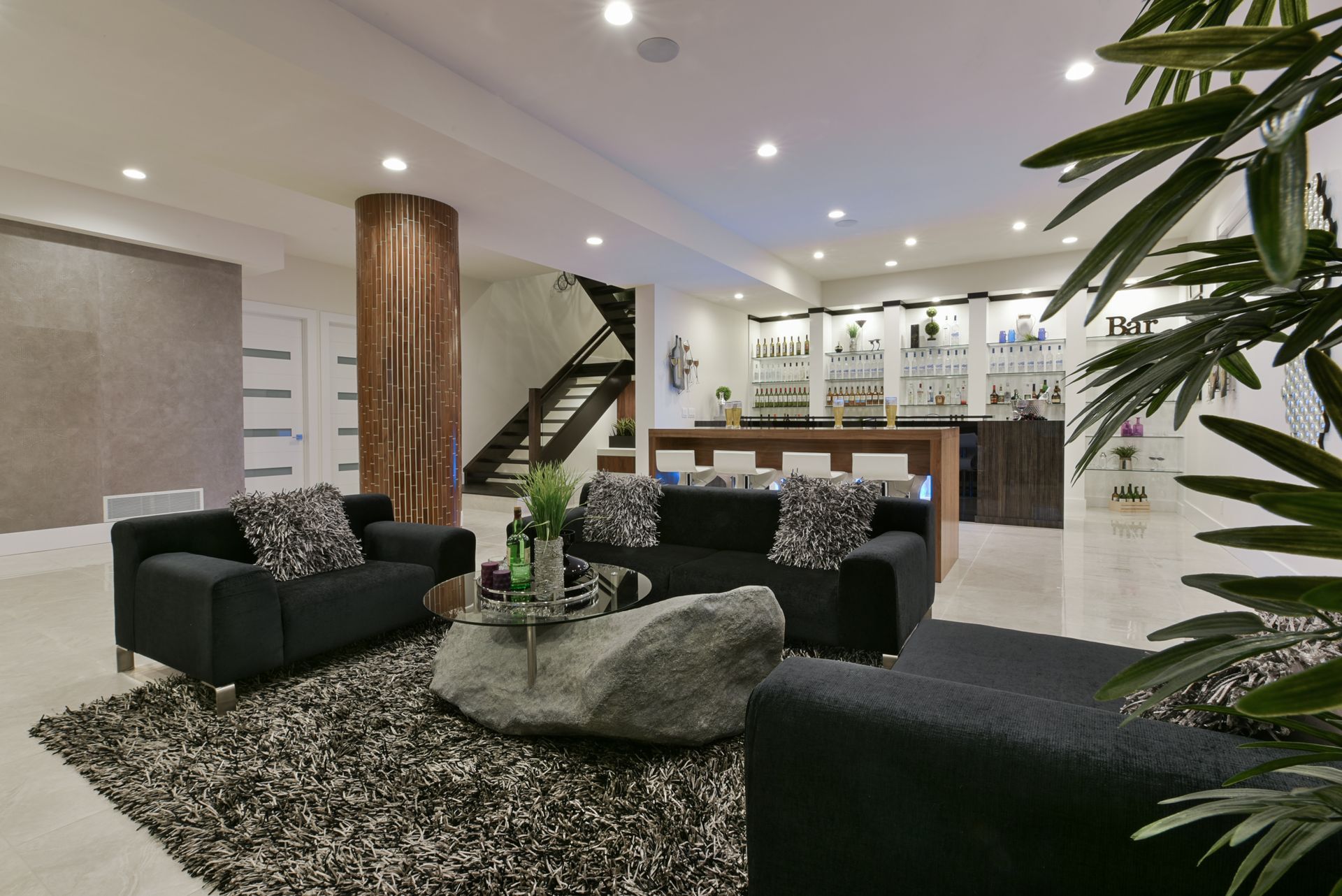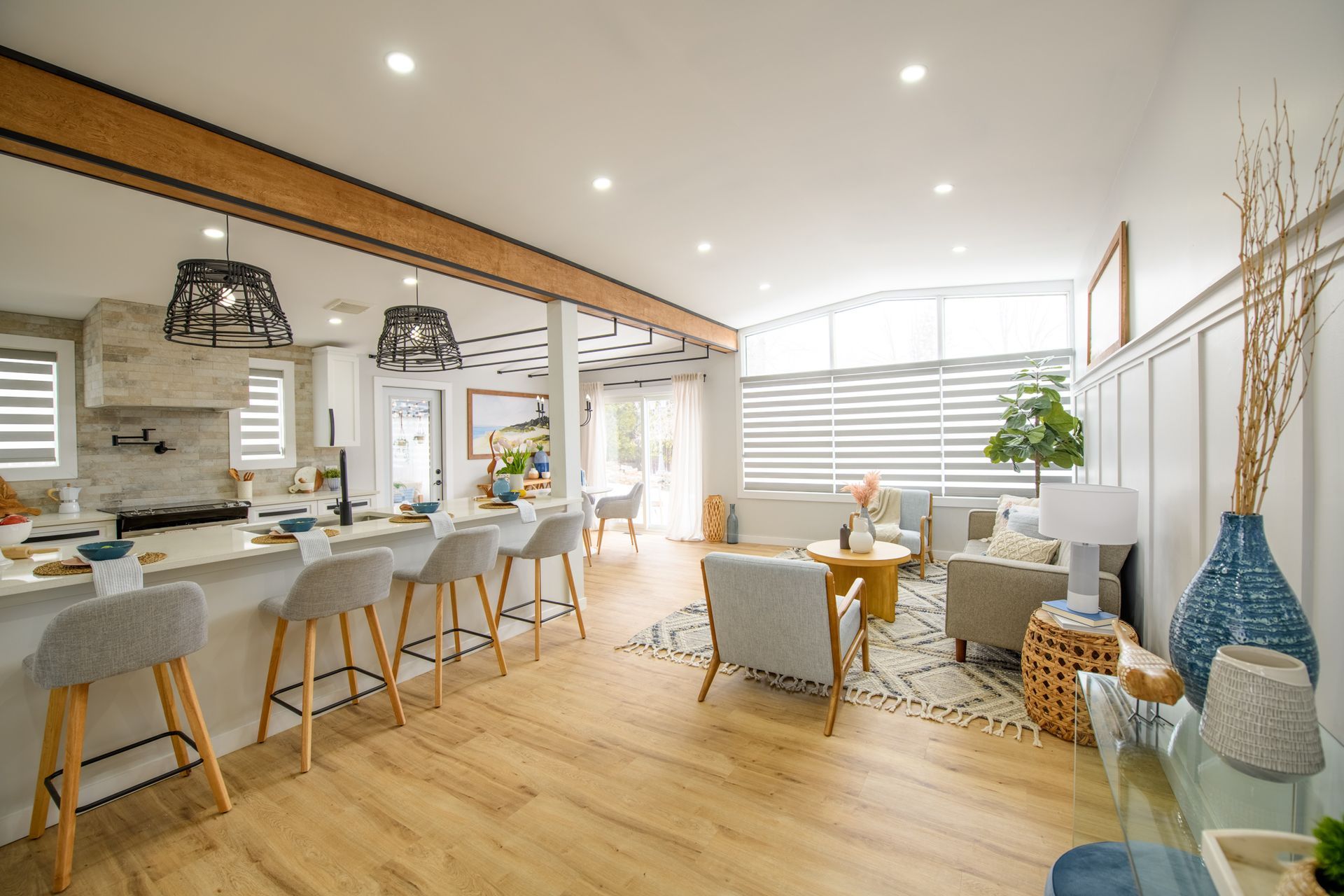The Lifecycle of a Consigned Piece: From Drop-Off to Sold
Ever wondered what happens to your furniture after you consign it? Understanding the journey your piece takes once it enters a consignment studio helps you appreciate the work involved in transforming your item into someone else’s new treasure. In this blog, we’ll walk you through the complete lifecycle of a consigned piece—from the moment it’s dropped off to the exciting moment it’s sold.
1. Initial Evaluation
When you bring your piece to a consignment studio, the process begins with an evaluation:
- Condition check: Staff assess cleanliness, structural integrity, and style relevance.
- Marketability: They consider how well your piece will appeal to current shoppers.
- Fit with inventory: Studios often curate a particular aesthetic, and items must align with that style.
If accepted, you'll sign a consignment agreement detailing the commission rate, pricing strategy, consignment term, and other important terms.
2. Intake and Documentation
Once accepted, your piece is:
- Tagged with your consignor ID and item details
- Measured and described for internal tracking and online listings
- Photographed for website and marketing purposes (often staged and styled)
High-quality images and detailed listings give your item a strong online presence, helping it reach more potential buyers.
3. Pricing Strategy
Pricing is one of the most strategic steps:
- Studios base prices on brand, condition, market trends, and original retail value
- Some offer a pricing tier system—e.g., full price for the first 30 days, then discounted after 60 days
You may be involved in this process or simply informed of the final listing price. The goal is to balance competitive pricing with profitability—for both the studio and the consignor.
4. Staging and Display
Presentation is key in retail, and consignment studios are no exception:
- Furniture is cleaned (if needed) and thoughtfully placed on the sales floor Items are arranged in vignettes to help shoppers visualize them in a home setting
- Lighting, decor accents, and placement all contribute to its appeal
A beautifully staged item can sell much faster and at a higher price.
5. Marketing and Promotion
Great studios don’t just rely on foot traffic—they actively market:
- Items are promoted via email newsletters, social media, and online marketplaces like Chairish or Facebook Marketplace
- Unique or high-value items may be highlighted in special features or styling posts
- Repeat customers and interior designers are often given early previews of new arrivals
This increases exposure and shortens the time to sale.
6. The Sale
When a buyer falls in love with your piece:
- It’s marked as sold and removed from the sales floor
- The studio processes the payment
- Pickup or delivery is arranged for the buyer
You’ll be notified once the sale is complete, and your agreed-upon share of the proceeds will be issued according to the terms in your contract.
7. Unsold Items
If your piece doesn’t sell during the consignment period:
- It may be discounted further if allowed by the contract
- You may be asked to retrieve it
- Some studios offer donation services or clearance sales for unsold items
Understanding your options in advance will help you avoid surprises.
Final Thoughts
From intake to sale, a lot goes into showcasing and selling your furniture through consignment. Studios do far more than just place your piece on the floor—they invest time and expertise into pricing, presentation, and promotion to ensure your item finds the perfect new home.
Share This Blog
